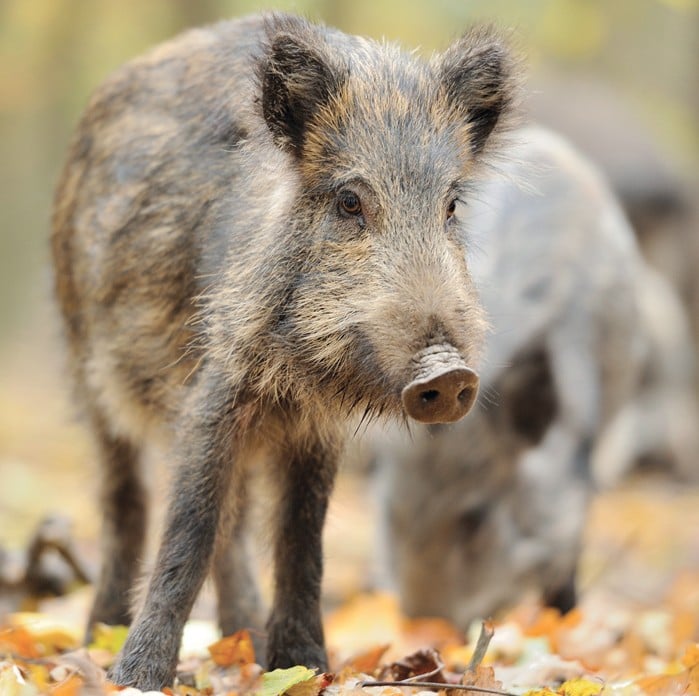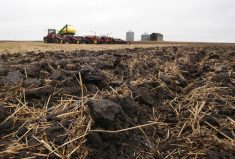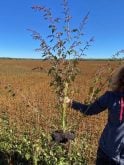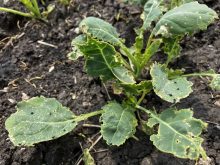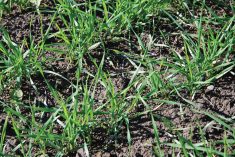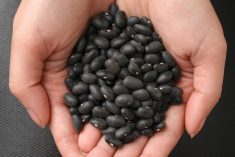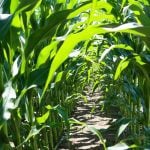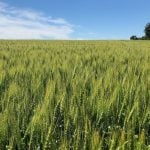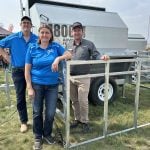Wild boars continue to be a pest in parts of western Manitoba, and some producers at Ag Days this year told Manitoba Conservation officials that the critters have developed a particular liking for corn.
Manitoba Conservation estimates that there are currently about 50 wild boars active in the province.
“The last recorded kill was near Cromer, in western Manitoba in November of 2014 and the last sighting was in late November, along the east side of Spruce Woods Provincial Park,” said a Manitoba Conservation spokesperson.
Boars became a problem in the area in the 1980s after escaping from farms where they had been introduced as an agriculture diversification initiative.
Clinton Hood, an information technology specialist in Battleford, Sask., operates Wild Boars in Canada, a website dedicated to tracking wild boar. He says populations have continued to increase throughout Canada, mainly in Saskatchewan.
“Boars are extremely threatening to producers. They destroy fields, specifically going into cropland after seeding and digging up all the seeds they can muster,” explained Hood. “They will eat standing crops and simply destroy the land and crops as they walk. They are like mobile rototillers that can do massive damage overnight.”
Hood also notes that they are capable of eating young animals, including deer, and will push native species out of an area.
Boars are known to be extremely elusive, nocturnal and difficult to hunt. They can reach 300-400 pounds with a lifespan of 25 years.
A main concern is that the boars are multiplying faster than they are being exterminated. They can have two litters per year of between four and 12 piglets.
Hot spots
According to Manitoba Conservation, provincial hot spots for boar activity include the Spruce Woods Provincial Park area, the Cypress River and Assiniboine River corridor and north of Alexander.
Manitoba was declared a wild boar control area in 1995, allowing Manitoba residents to hunt them anywhere at any time of the year without requiring a licence or permit. There is no limit to the number that can be harvested.
“Bounties and open season are great but when numbers are climbing fast like they have been in Saskatchewan, there needs to be more done,” said Hood. “The governing bodies would be wise to hire trappers to take out sounders (herds).”
Many involved in tracking the animal fear the problem may reach the level it has in areas like Texas, where wild boars have caused major ecological damage, aggravated farm animals and endangered people.
According to the Noble Foundation, a U.S. research group, wild boars have cost $1.5 billion in losses across 48 U.S. states.






